 William Stout Grave
William Stout Grave
Entry Type: Thing - Starting with S
 William Stout Grave
William Stout Grave
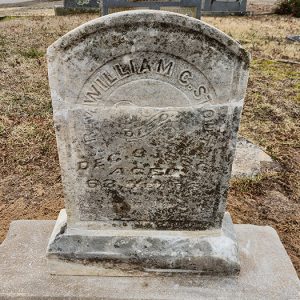 William Stout Grave - Restored
William Stout Grave - Restored
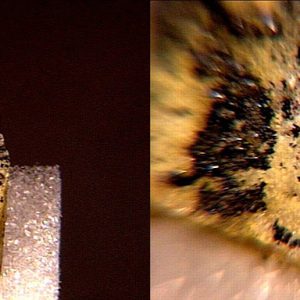 Straczekite
Straczekite
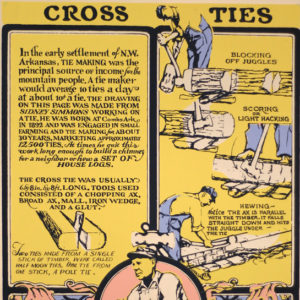 M. E. Oliver's Strange Scenes in the Ozarks
M. E. Oliver's Strange Scenes in the Ozarks
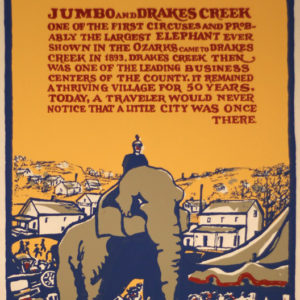 Strange Scenes in the Ozarks by M. E. Oliver
Strange Scenes in the Ozarks by M. E. Oliver
Strauss House
Strawberry Industry
Strawberry River
Streetcar Segregation Act of 1903
 Streetcar Segregation Act of 1903
Streetcar Segregation Act of 1903
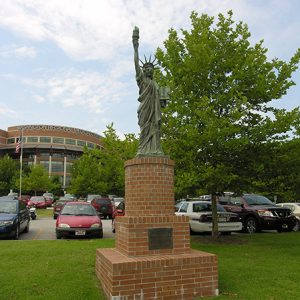 Strengthen the Arm of Liberty Monument
Strengthen the Arm of Liberty Monument
Strengthen the Arm of Liberty Monuments
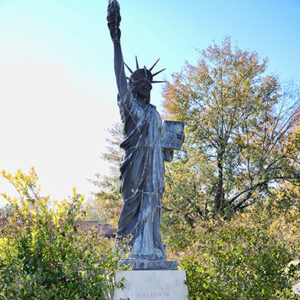 Strengthen the Arm of Liberty Monument
Strengthen the Arm of Liberty Monument
 Strengthen the Arm of Liberty Monument:
Strengthen the Arm of Liberty Monument:
Strepsiptera
aka: Twisted Wing Parasites
aka: The Stylops
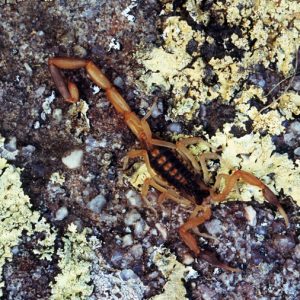 Striped Bark Scorpion
Striped Bark Scorpion
Striped Bark Scorpions
aka: Centruroides vittatus
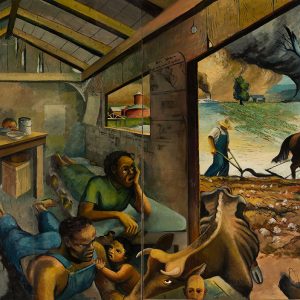 Struggle in the South
Struggle in the South
Struggle in the South, The [Mural]
Stump Saw
Sturgeons
 Sturgeons
Sturgeons
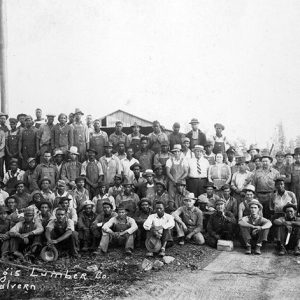 Sturgis Lumber Company
Sturgis Lumber Company
 Stuttgart Army Air Field Brochure
Stuttgart Army Air Field Brochure
 Stuttgart Rice Field
Stuttgart Rice Field
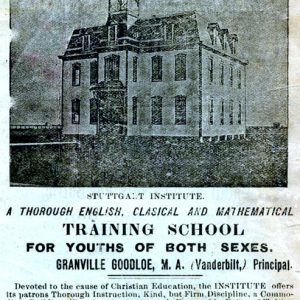 STS Advertisement
STS Advertisement
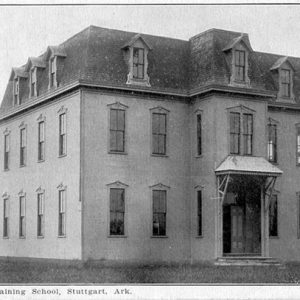 STS Postcard
STS Postcard
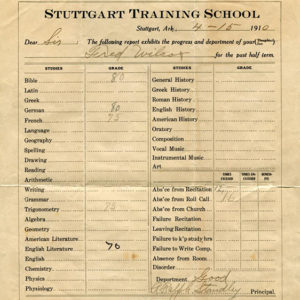 STS Report Card
STS Report Card
Stuttgart Training School
aka: Stuttgart College
aka: Stuttgart Normal School
Suckers
aka: Catostomid Fishes
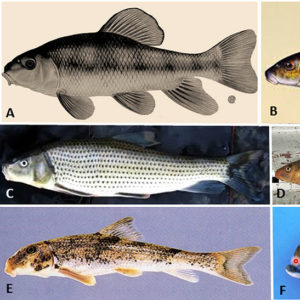 Suckers of Arkansas
Suckers of Arkansas
 Suckers of Arkansas
Suckers of Arkansas
 Suckers of Arkansas
Suckers of Arkansas
 Suckers of Arkansas
Suckers of Arkansas
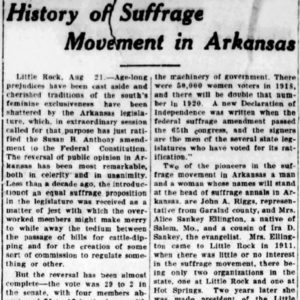 Suffrage Article
Suffrage Article
Sugar Creek Vista and Buckeye Overlooks
aka: Buckeye and Sugar Creek Vista Overlooks
Sugar Lacey Series
aka: Sugar [Book]
aka: This Bitter Earth [Book]
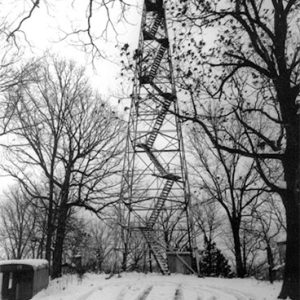 Sugarloaf Fire Tower
Sugarloaf Fire Tower
Sulphur Rock Male and Female Academy
Sulphur Rock Street Car
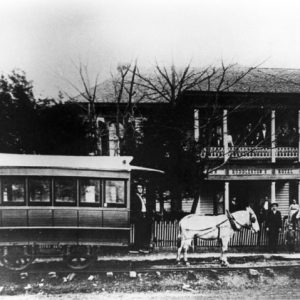 Sulphur Rock Street Car
Sulphur Rock Street Car
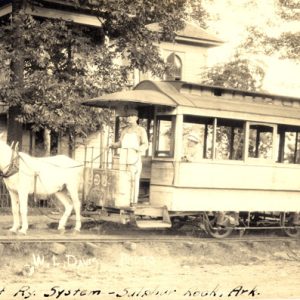 Sulphur Rock Street Car
Sulphur Rock Street Car
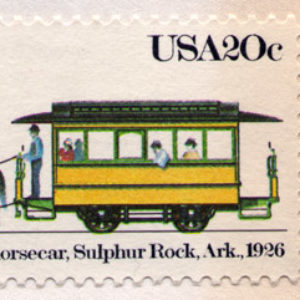 Sulphur Rock Streetcar Stamp
Sulphur Rock Streetcar Stamp
 Sulphur Shelf Mushroom
Sulphur Shelf Mushroom
Sultana
 "Sultana," Performed by Harmony
"Sultana," Performed by Harmony
 Sultana Disaster Museum
Sultana Disaster Museum
Sultana Disaster Museum
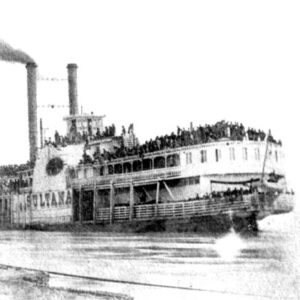 Sultana
Sultana




